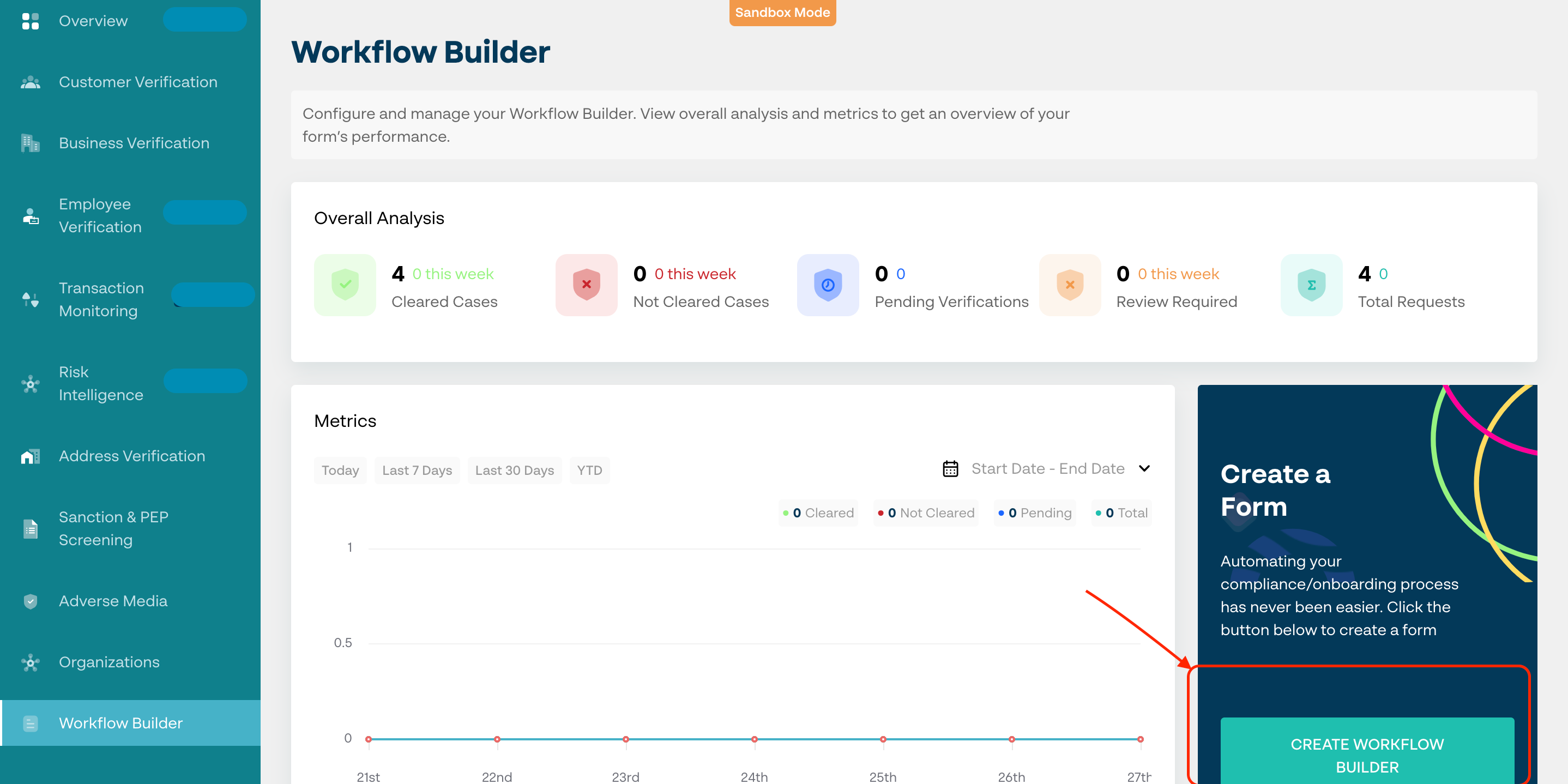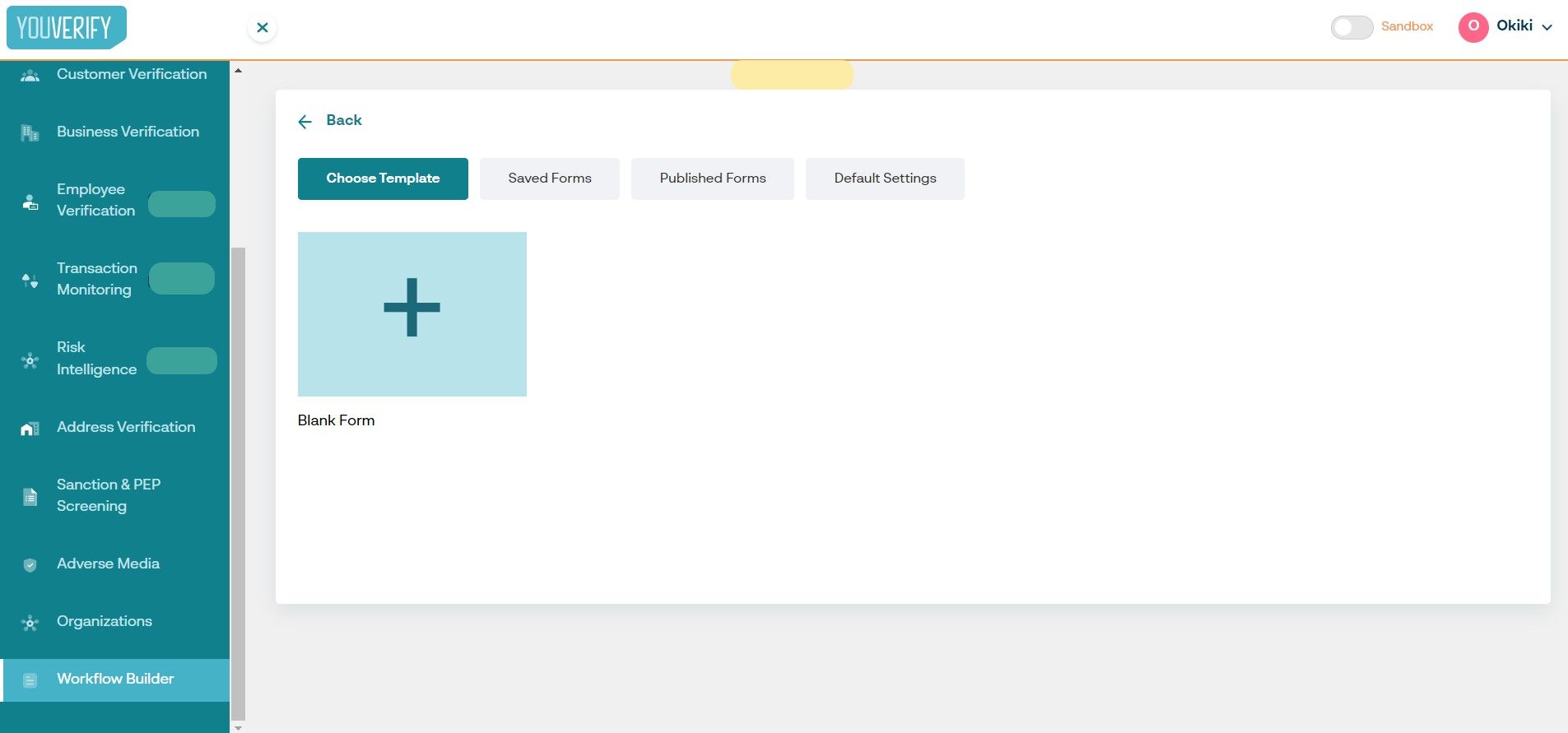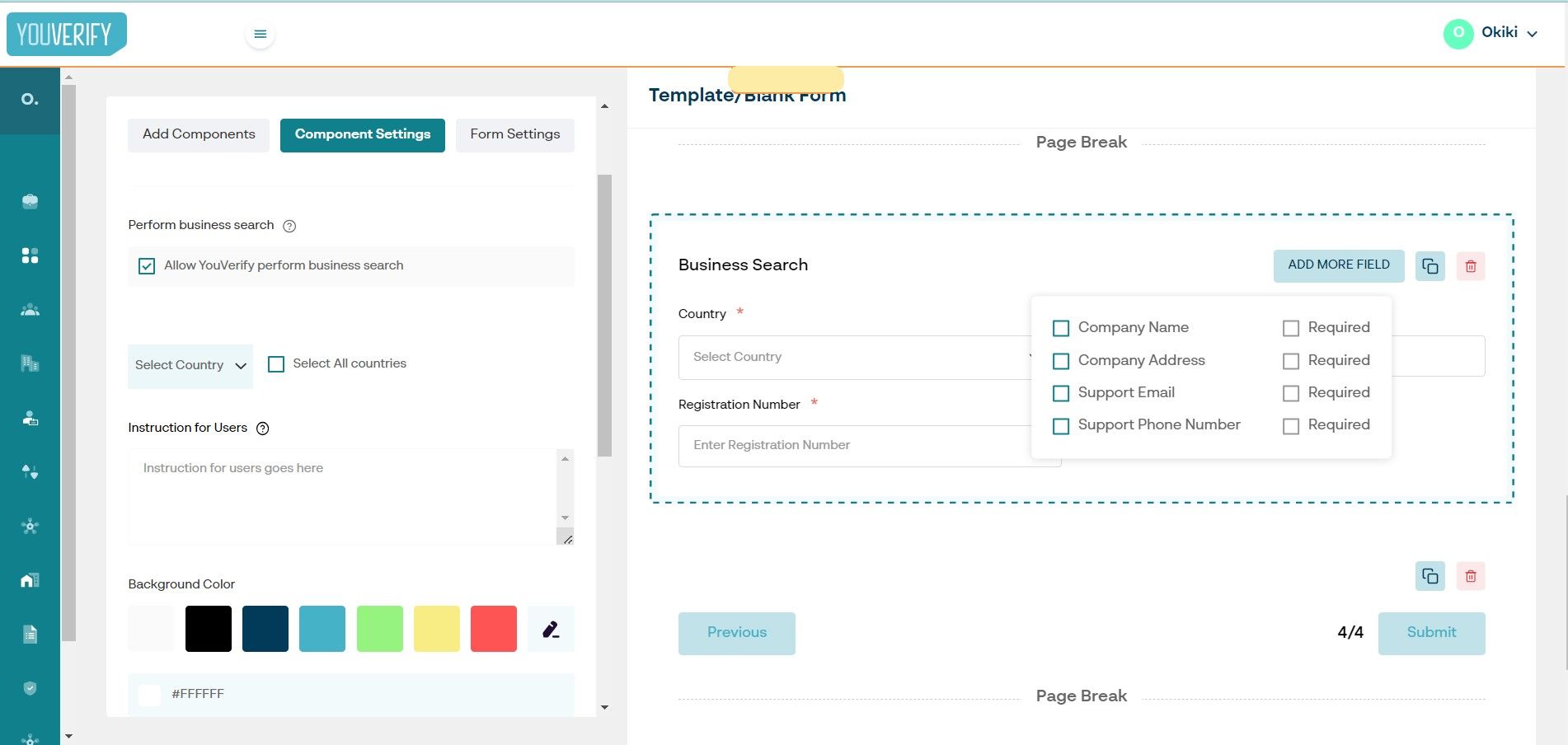Compliance risk is a critical aspect of business operations that cannot be ignored. It refers to the potential for an organization to violate laws, regulations, industry standards, or internal policies and procedures leading to legal penalties, reputational damage, loss of customer trust, and financial losses.
Understanding and managing compliance risk vulnerabilities is crucial for businesses to ensure their operations are conducted within legal and ethical boundaries.
Common Compliance Risk Examples
Compliance risk is an ever-present challenge for businesses across industries. Failure to navigate these risks can result in severe consequences, including legal penalties, reputational damage, and financial loss.
To effectively mitigate compliance risk, it is essential to understand the common examples that businesses face. By identifying and comprehending these risks, organizations can implement proactive strategies to protect themselves.
1. Regulatory Non-compliance
One common compliance risk example is regulatory non-compliance. This occurs when a business fails to adhere to laws and regulations governing its industry.
These regulations can be related to data privacy, financial reporting, environmental standards, or employee safety, among others. Non-compliance can result in hefty fines, legal actions, and a tarnished reputation.
To mitigate this risk, organizations must stay up-to-date with the relevant regulations and establish robust monitoring and reporting systems.
2. Unethical Behavior
Another compliance risk example is unethical behaviour within the organization. This can include fraud, bribery, or conflicts of interest. Unethical behaviour not only damages a company's reputation but also poses legal and financial risks.
To mitigate this risk, businesses should establish a strong ethical culture, with clear policies and procedures in place. Encouraging employees to report any unethical behaviour and conducting regular audits can help identify and address potential risks and eliminate reputational consequences.
3. Cybersecurity Breaches
Cybersecurity breaches are also significant compliance risk examples in today's digital age. As businesses increasingly rely on technology, they become vulnerable to cyber threats.
A data breach can result in significant financial loss, reputational damage, and legal implications. To mitigate this risk, organizations must invest in robust cybersecurity measures, including firewalls, encryption, and employee awareness training. Regular vulnerability assessments and incident response plans are also essential to address potential breaches promptly.
Understanding Compliance Risk Vulnerabilities
Compliance risk vulnerabilities are areas within an organization's processes, policies, or operations that expose it to potential non-compliance.
These vulnerabilities can arise from a variety of sources, such as:
- Outdated policies,
- Lack of employee training,
- Ineffective monitoring systems, or
- Inadequate internal controls.
Identifying these vulnerabilities is the first step towards mitigating compliance risks effectively.
How Youverify Solutions Help Identify Compliance Risk Vulnerabilities
Youverify is a leading provider of AML compliance solutions that help organizations mitigate compliance risks effectively. Through innovative technology and data-driven approaches, Youverify offers a comprehensive suite of tools and services to identify, address, and manage compliance vulnerabilities.
Youverify Solutions leverages advanced machine learning and artificial intelligence to analyze vast amounts of data and identify potential compliance risk vulnerabilities. By examining internal and external data sources, our AML solutions can detect patterns, anomalies, and potential non-compliance indicators that might go unnoticed through manual processes.
By implementing these solutions, businesses can proactively manage their compliance risks and take prompt action to rectify any identified vulnerabilities.
Related Article - The Evolving Landscape of Compliance: Trends and Strategies for Staying Ahead
Recommendation - Proven Strategies to Mitigate Compliance Risk
Mitigating compliance risk requires a proactive and holistic approach. By implementing effective strategies, businesses can reduce the likelihood of non-compliance and protect themselves from potential consequences. Here are some proven strategies to mitigate compliance risk:
1. Conducting a Compliance Risk Assessment
Before developing mitigation strategies, organizations must conduct a thorough compliance risk assessment. This involves identifying potential risks, evaluating their likelihood and impact, and understanding the existing control measures.
A comprehensive risk assessment provides a clear picture of the organization's vulnerabilities and enables targeted risk mitigation efforts.
During the risk assessment process, businesses should involve key stakeholders, including legal, finance, and operations departments. This collaborative approach ensures a holistic understanding of compliance risks across the organization.
Additionally, leveraging external expertise, such as compliance consultants or legal advisors, can provide valuable insights and best practices.
2. Implementing Effective Compliance Policies and Procedures
Establishing robust compliance policies and procedures is essential for mitigating compliance risk. These policies should outline the organization's commitment to compliance, define expected behaviours, and provide guidelines for employees to follow.
It is crucial to ensure that policies are aligned with relevant regulations and industry best practices. It is also important that employees are trained on these policies and understand their obligations and responsibilities.
Furthermore, it is essential to conduct regular assessments to identify the compliance requirements specific to the industry and jurisdiction.
3. Provide Employee Training and Awareness
To enhance the effectiveness of compliance policies, businesses should provide comprehensive training to employees. This training should cover the importance of compliance, specific regulations applicable to their roles, and reporting mechanisms. Regular training sessions and updates are vital to ensure employees stay informed about evolving compliance requirements.
Furthermore, the training sessions should educate the employees about compliance requirements, policies, and procedures. The training should also foster a culture of compliance by promoting awareness and accountability among staff members at all levels.
4. Implement a Compliance Management System
Deploy a robust compliance management system to streamline compliance activities, track regulatory changes, and manage compliance obligations effectively. This system should include risk assessment, monitoring, reporting, and remediation processes.
i. Monitor and Audit Compliance Activities:
Implement monitoring mechanisms to track compliance-related activities and ensure adherence to policies and procedures. Conduct regular internal audits to assess compliance effectiveness and identify areas for improvement.
ii. Establish Reporting Channels:
Set up confidential reporting channels, such as hotlines or anonymous reporting systems, for employees to report potential compliance violations. Encourage a culture of reporting and non-retaliation to detect and address compliance issues promptly.
iii. Maintain Documentation and Records:
Maintain accurate and up-to-date documentation of compliance-related activities, including policies, procedures, training records, risk assessments, audits, and incident reports. This documentation can serve as evidence of your organization's commitment to compliance.
iv. Engage External Compliance Experts:
Seek guidance from external compliance experts who can provide specialized knowledge and insights into industry-specific regulations. They can assist in evaluating your compliance program, identifying gaps, and recommending remedial actions.
vi. Stay Informed and Adapted:
Continuously monitor regulatory changes and industry trends to stay informed about evolving compliance requirements. Update your compliance program accordingly to address new risks and challenges.
Mitigating compliance risk is a continuous process that requires the dedication of the entire institution. By implementing these strategies and fostering a culture of compliance, you can reduce the likelihood of compliance breaches and protect your organization's reputation and success.
Case Study Samples of Businesses with Successful Compliance Risk Mitigation Processes
Examining case studies of successful compliance risk mitigation can provide valuable insights and guidance for organizations. These real-world examples demonstrate how businesses have effectively navigated compliance complexities and implemented strategies to mitigate risks.
Case Study 1: Microsoft Corporation's Data Privacy Compliance
Background:
Microsoft Corporation is a global technology company that handles large volumes of sensitive customer data. With the implementation of the General Data Protection Regulation (GDPR), the company faced significant compliance risks due to potential data breaches and privacy violations.
Risk Mitigation Strategy:
Microsoft Corporation took a proactive approach to mitigate compliance risks and ensure data privacy. They implemented the following measures:
1. Robust Data Protection Measures: The company implemented state-of-the-art encryption and data protection mechanisms to safeguard customer data. They employed multi-factor authentication, strong access controls, and data anonymization techniques to minimize the risk of unauthorized access and data breaches.
2. Privacy Impact Assessments (PIAs): Microsoft Corporation conducted comprehensive PIAs for all their systems and processes involving personal data. These assessments helped identify and address potential compliance risks by analyzing the privacy implications of data processing activities. The company then implemented necessary controls and safeguards to mitigate those risks.
3. Employee Training and Awareness: Microsoft Corporation conducted regular training sessions and workshops to educate employees about data privacy regulations and best practices.
They emphasized the importance of compliance and provided clear guidelines on handling personal data, ensuring that all employees were aware of their responsibilities in safeguarding customer information.
Results:
By implementing these risk mitigation measures, Microsoft Corporation achieved successful compliance with data privacy. The company experienced a significant reduction in data breaches and privacy violations.
They received positive feedback from regulators and customers regarding their commitment to data privacy and compliance. This helped Microsoft Corporation build trust with its customers and maintain a competitive edge in the market.
Case Study 2: JPMorgan Chase & Co.'s Anti-Money Laundering (AML) Compliance
Background:
JPMorgan Chase & Co. is a multinational financial institution operating in multiple jurisdictions. The bank is one of the largest banks in the United States.
As part of its operations, the bank faced compliance risks related to money laundering and financial crime. Failure to effectively mitigate these risks could lead to severe penalties, reputation damage, and regulatory actions.
Risk Mitigation Strategy:
JPMorgan Chase & Co. implemented a comprehensive risk mitigation strategy to ensure compliance with anti-money laundering regulations. The key elements of their strategy were as follows:
1. Robust Know Your Customer (KYC) Procedures: JPMorgan Chase & Co. implemented stringent KYC procedures to verify the identity of their customers and assess the legitimacy of their transactions.
They conducted thorough due diligence checks on new customers and regularly updated customer information to ensure accurate risk profiling.
2. Automated Transaction Monitoring: The bank employed advanced transaction monitoring systems that utilized machine learning and artificial intelligence algorithms to identify suspicious transactions. These systems flagged transactions that deviated from normal patterns, enabling the bank's compliance team to investigate and report any potential money laundering activities promptly.
3. Dedicated Compliance Team: JPMorgan Chase & Co. established a dedicated compliance team responsible for monitoring and managing AML risks. The team consisted of experienced professionals well-versed in AML regulations and industry best practices. They regularly reviewed the bank's processes, conducting risk assessments, and implemented necessary controls to ensure compliance.
Results:
The Bank's proactive risk mitigation strategy yielded successful compliance with anti-money laundering regulations. The bank experienced a significant reduction in suspicious transactions and successfully identified and reported potential money laundering activities.
Their compliance efforts were acknowledged by regulatory authorities, resulting in positive reviews and enhanced trust from customers and stakeholders. JPMorgan Chase & Co.'s commitment to AML compliance helped them maintain a strong reputation in the financial industry and mitigate potential risks associated with financial crime.
Benefits of Using Youverify Solutions for Compliance Risk Management
By utilizing Youverify Solutions for compliance risk management, organizations can experience several benefits. These include:
- Enhanced efficiency and accuracy in identifying compliance risk vulnerabilities.
- Reduced costs associated with non-compliance penalties, legal fees, and reputational damage.
- Improved stakeholder confidence and trust in the organization's commitment to compliance.
- Streamlined compliance processes through automation and data-driven insights.
- Increased visibility and control over compliance risks across the organization.
How to Automate Compliance with Youverify
Here is a step-by-step process on how businesses can automate their compliance processes with the Youverify workflow builder:
Step 1: Login to your dashboard and navigate to “Workflow Builder” at the left tab of your screen. Select create workflow builder on the bottom right as seen in the image below.

Step 2: You can either opt to choose an existing template by selecting “Choose Template”, Select a designed form draft in “Saved Forms”, copy a previously created and deployed form in “Publish Forms” or edit the template preferences in "Default Settings" tab.

Step 3: Select the solution components necessary for your business compliance needs as indicated in “1” and tailor the user onboarding flow to your preference.

Step 4: Customise individual components to your business brand feel including colours, logo, background, etc.

Step 5: Review to ensure it satisfies all the important needs in your onboarding and publish. You can proceed to share a link directly with customers.
Mitigating compliance risks is a critical aspect of modern business operations. By understanding compliance risk vulnerabilities, organizations can take proactive steps to address and manage them effectively.
Youverify offers comprehensive solutions that help identify, address, and mitigate compliance risks, ensuring legal and ethical conduct while minimizing potential liabilities.
Book a demo to get started today.